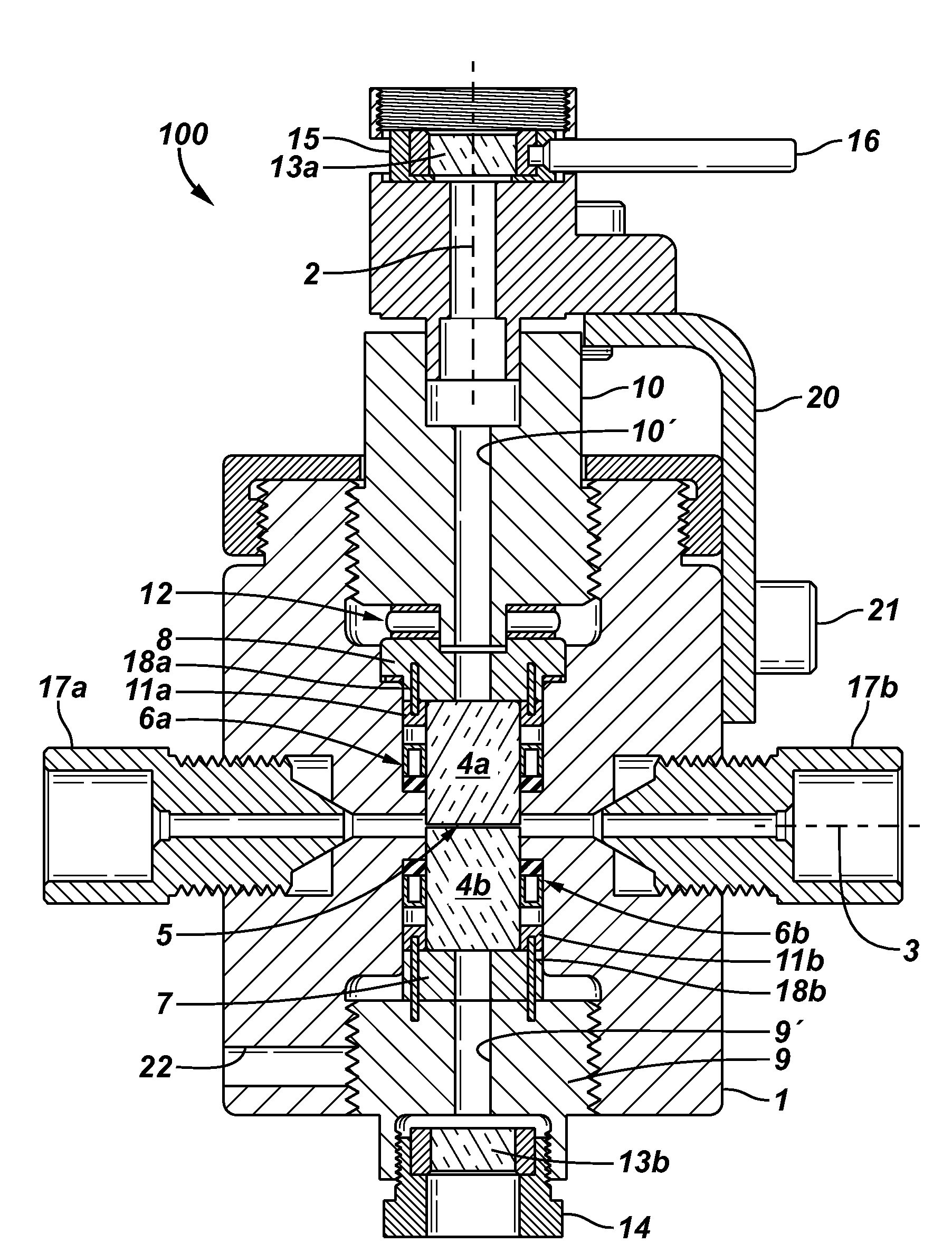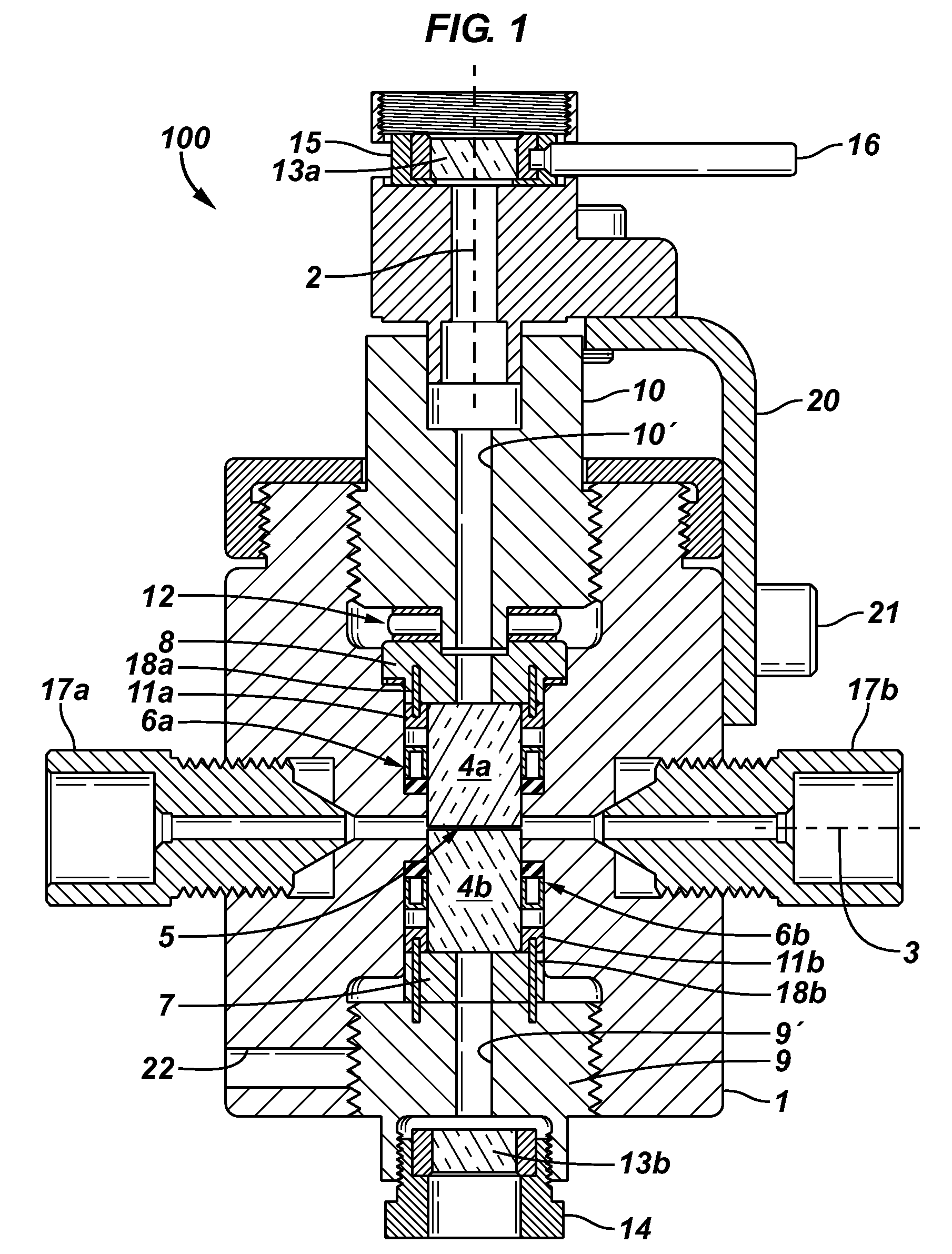High-pressure cross-polar microscopy cells having adjustable fluid passage and methods of use
a cross-polar microscopy and fluid passage technology, applied in the field of fluid analysis, can solve the problems of limited fluid detection, inconvenient and time-consuming, and devices used in fluid analysis,
- Summary
- Abstract
- Description
- Claims
- Application Information
AI Technical Summary
Benefits of technology
Problems solved by technology
Method used
Image
Examples
Embodiment Construction
[0044]In the following description, numerous details are set forth to provide an understanding of the present invention. However, it will be understood by those skilled in the art that the present invention may be practiced without these details and that numerous variations or modifications from the described embodiments may be possible.
[0045]As explained in the Background section, fluids under the influence of changes in one or more of pressure, temperature, fluid mixing, and / or chemical composition, may contain or develop solid particles that are of interest. One method of investigation uses visible light passing through a sample of the fluid to study the development and properties of these solid particles. There are equipment and experimental limitations to increasing the power of the light source, yet some fluid samples transmit less light than others; therefore it is desirable to be able to change the thickness of the fluid sample under investigation. Furthermore it is desirabl...
PUM
| Property | Measurement | Unit |
|---|---|---|
| pressures | aaaaa | aaaaa |
| temperatures | aaaaa | aaaaa |
| pressures | aaaaa | aaaaa |
Abstract
Description
Claims
Application Information
 Login to view more
Login to view more - R&D Engineer
- R&D Manager
- IP Professional
- Industry Leading Data Capabilities
- Powerful AI technology
- Patent DNA Extraction
Browse by: Latest US Patents, China's latest patents, Technical Efficacy Thesaurus, Application Domain, Technology Topic.
© 2024 PatSnap. All rights reserved.Legal|Privacy policy|Modern Slavery Act Transparency Statement|Sitemap



